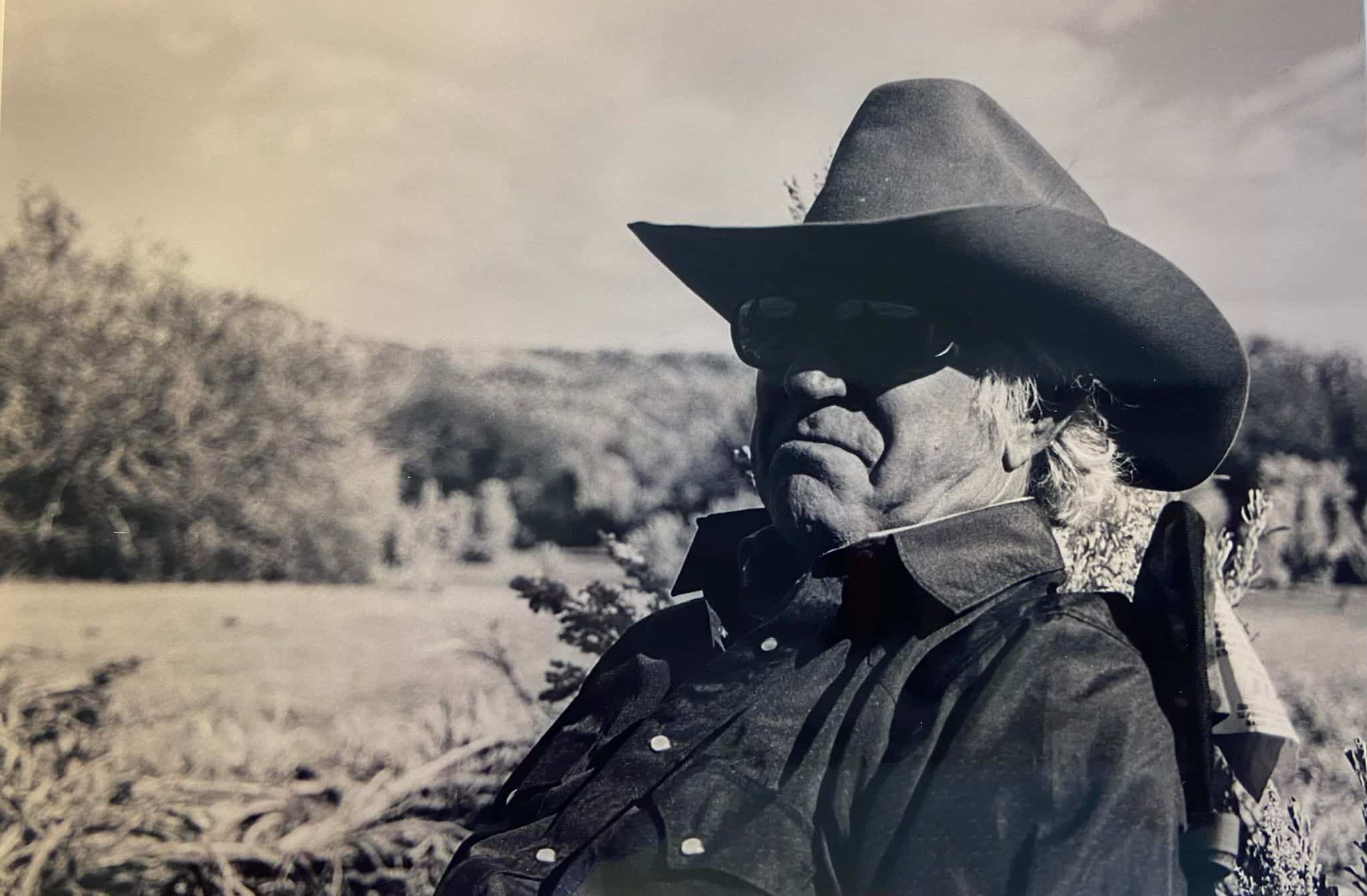Frozen Semen Use in Barren Mares
- Topics: AAEP Convention, Article, Artificial Insemination
More and more breeders are employing the use of frozen semen and success rates are increasing, reported Sandro Barbacini, DVM, of Select Breeders Services in Italy during his presentation at the 2008 American Association of Equine Practitioners convention, held Dec. 6-10 in San Diego, Calif. Included among the reasons for increased usage, Barbacini said, is that many major registries are now allowing artificial insemination with frozen-thawed semen.
Techniques for freezing and thawing semen have improved, and conception rates using frozen semen have gone up. "It has generally been stated that frozen semen should not be used for insemination of barren mares," Barbacini said. "However, limited data are available on comparison of fertility of barren mares bred with fresh versus frozen-thawed semen. Additionally, factors affecting the fertility of barren mares bred with frozen-thawed semen generally have not been examined."
To rectify the lack of information problem, Barbacini and colleagues launched a study to determine the fertility of barren mares inseminated with either fresh or frozen-thawed semen. Researchers investigated the effects of mare age and uterine fluid, and they worked to determine the number of inseminations with frozen-thawed semen required per pregnancy.
Involved in the study were 285 mares of various breeds that were bred with frozen-thawed semen during breeding seasons from 1998 through 2007. The mares ranged in age from 3 to 21. The frozen-thawed semen came from various laboratories. Forty-six stallions were used. The 285 mares inseminated with frozen-thawed semen were inseminated for a total of 544 cycles
Create a free account with TheHorse.com to view this content.
TheHorse.com is home to thousands of free articles about horse health care. In order to access some of our exclusive free content, you must be signed into TheHorse.com.
Start your free account today!
Already have an account?
and continue reading.

Written by:
Les Sellnow
Related Articles
Stay on top of the most recent Horse Health news with












